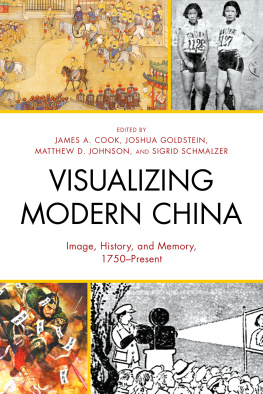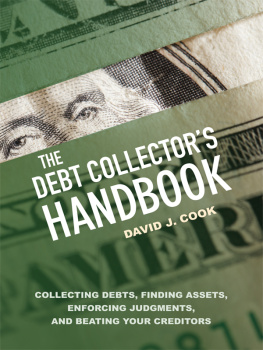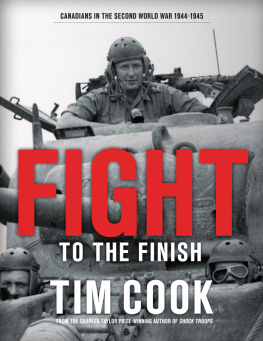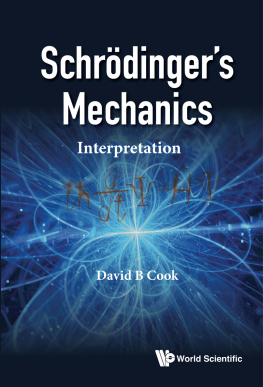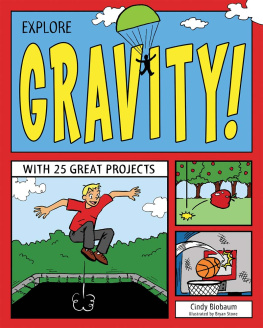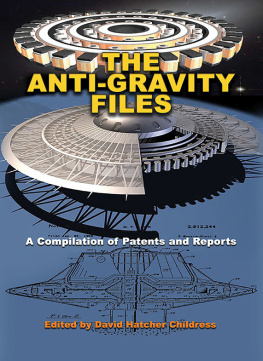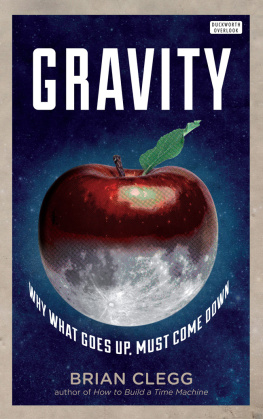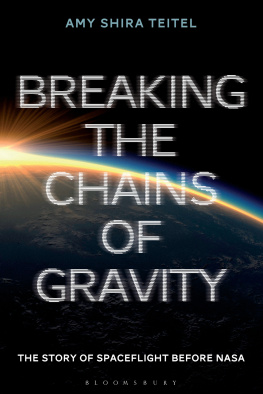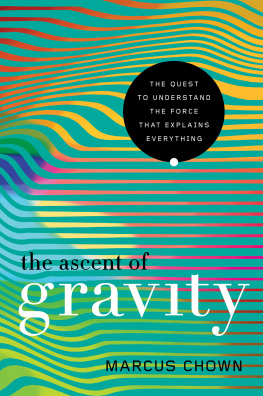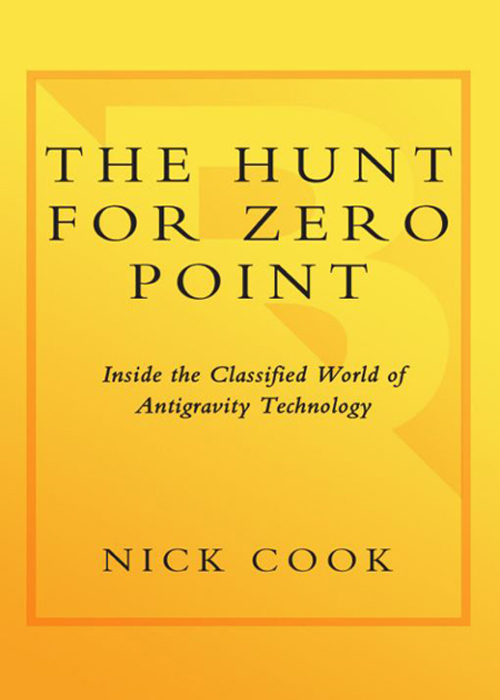

Table of Contents
In memory of Julian Cook, inventor, and Harry Hawker, fighter pilot
Per ardua ad astra
And for my children, Lucy and William, that one day they or their
children may see the stars more closely
Authors Note and Acknowledgments
Not everyone who has assisted me in The Hunt For Zero Point has wished to be identified.
There are four peopleAmelia Lopez, Lawrence Cross, Daniella Abelman and Dr. Dan Marckuswhose identities I have deliberately blurred. They, of course, know who they are and I gratefully acknowledge their help.
It goes without saying that I could not have interpreted the mass of raw science data in this book without the exceptional skills of Dan Marckus. His knowledge, wisdom, humor and friendship have been an inspiration to me.
Everyone else is exactly as identified in the text.
The people and institutions I can thank freely are listed below:
My colleagues at Janes Defence Weekly and Interavia, Tom Valone of the Integrity Research Institute, Paul LaViolette Ph.D., Dr. Kathleen Bunten, Isabel Best, Joel Carpenter, the Imperial War Museum, Philip Henshall, Graham Ennis, Rowland White, Guy Norris, Jeremy Bartlett, Michael Collins, Guy Rigby, Kevin Bexley, Stephen Parker, Bill Zuk, Yvonne Kinkaid, the Office of (U.S.) Air Force History, David Windle, Chris Gibson, Tony Frost, the late Prof. Brian Young, Dr. Ron Evans, BAE Systems, Garry Lyles, George Schmidt, Marc Millis, the U.S. National Aeronautics and Space Administration, Lockheed Martin and the Lockheed Martin Skunk Works, Dr. Evgeny Podkletnov, Dr. Hal Puthoff, the late Ben Rich, Bill Sweetman, Glenn Campbell, Mark Farmer and the Groom Lake Interceptors, Mike Grigsby, James Cook, David Monaghan, George Muellner, Marian Swedija, Irving Baum, Ken Jones, Charles T. Schaeffer, the 16th Armored Division veterans association, Dr. Amy Schmidt, the U.S. National Archives Records Administration, Ned Bedessem, U.S. Army Center of Military History, the Bundesarchiv at Freibourg, the U.K. Public Records Office, Maurizio Verga, James Holland, Callum Coats, Don Kelly, Bob Widmer, Boyd Bushman, George Hathaway, John Hutchison and John B. Alexander.
My particular thanks go to:
Mark Booth, Hannah Black, Anna Cherrett and the whole team at Century, Charlie Conrad, Claire Johnson, Chava Boylan, Becky Cole, and the whole Broadway Books team in New York, Bill Rose for his outstanding picture research, Igor Witkowski for taking me to the Wenceslas Mine and for sharing his tremendous insight into German secret weapons, Tom Agoston for his groundbreaking book Blunder!, the Schauberger familyFrau Ingeborg, Joerg and Ingridfor their kindness and hospitality at Bad Ischl, Brue Richardson for her constancy, serenity and guidance, Barry and Fiona Shaw for putting up with me (and the rest) during a myriad of writing weekends, Dr. Patrick G. Bailey and Charlee Trantino for their sterling work on the index, and Mark Lucas for being a damn fine friend and agent.
Last, but not least, I would like to thank Ali, my family and hers. This book would have been quite impossible without them.
Prologue
The dust devils swirled around my Chevrolet Blazer, catching the early evening light. I watched Sheriffs Deputy Amelia Lopez clamber out of her Chrysler Le Baron and stare for a moment in the direction the plane had gone down ten years ago.
I grabbed my rucksack. By the time I looked up again she was already striding toward the peak.
Over a rusted barbed-wire fence and we were into the scrubwith new traces of green at its tips from the spring rains. Beyond lay the edge of the Sequoia National Forest, a huge expanse of protected park and woodland.
We left the broken fence posts behind and our cars were lost against the sunset. I looked for other traces of a human presence, but found none, even though we were only twelve miles from Bakersfield, California, a city of four hundred thousand people on the edge of the Sierra Nevadas.
Amelia Lopez peaked cap and the firearm on her gunbelt were clearly silhouetted as she moved along the jagged edge of the ridgeline.
As I sucked down the warm thin air and wiped the sweat out of my eyes, I tried to picture her as she must have been on that sweltering July night ten years earlier; the night shed been out partying with her college friends at a campsite near the Kern River.
It was in the breaking hours of July 11, 1986. Just as she was settling into her sleeping bag the jet went supersonic somewhere in the black sky overhead.
The pressure wave of the sonic boom hit the campsite like a clap of thunder, sending a shower of embers from the campfire into the night sky.
Amelia was too startled to say a thing; then, the entire horizon was flash-lit by an enormous explosion, the flames shooting skyward as the plane plowed into Saturday Peak ten miles away.
She told me it had sparked a dozen brushfires on the edge of the forest; that it took more than a hundred Forest Service and local firefighters to put it out. Her only thought was that this wasnt an aircraft at all, but a hydrogen bomb.
Within hours, every newspaper in the state, and a whole lot more besides, had a reporter heading for these foothills with a brief to find out what had hit the ground. Amelia Lopez, a law student at the state university in Sacramento, had been one of several witnesses quoted in the papers that had covered the story, which was how Id traced her.
She and her friends hadnt gone more than five miles toward the impact point when one of them noticed a figure on the trail up ahead. The scrub either side of her erupted with movement and the next thing she knew her face was in the dirt and she had a boot in her back and a gun at her head.
Out of the corner of her eye she saw that they were soldiersnot California National Guard, as might have been expected in an environmental emergency, but SWAT-types brandishing assault rifles, night-vision systems and a shit-load of threats about government property and national security.
Two of her friends started on about their rights under the Constitution, that this was public land and there wasnt a person on earth who could tell them to get off it. But to Lopez their protests registered as white noise on the edge of a persistent and piercing alarm. These soldiers were unlike any shed ever seen.
She screamed for her friends to shut up, but once the screaming began, she couldnt stop it. She screamed and she yelled and she flailed against the pressure in her back, until the next thing she felt was the slap from her roommate that brought her around. When she finally understood what she was being told, it was that the soldiers were gone.
None of them said a word as they doubled back to the campsite. When they reached it, still numb with shock, they found a bunch of reporters onsite getting statements from other witnesses. Somebody shoved a tape recorder in her face and started asking questions and before she knew it shed given her name and stammered something about an atomic blast.
As for the rest, she and her friends said nothing.
Amelia Lopez kept a lid on her feelings for the next two and half years, until November 1988, in fact, when the outgoing Reagan administration revealed the existence of the F-117A Stealth Fighter, an aircraft that had been flying in secret squadron service out of a classified air base in Nevada for over five years. In that time, she learned, it had crashed twice: and on one of those occasionson the night of July 1011, 1986, to be preciseshed had the grave misfortune to be there.
Next page

